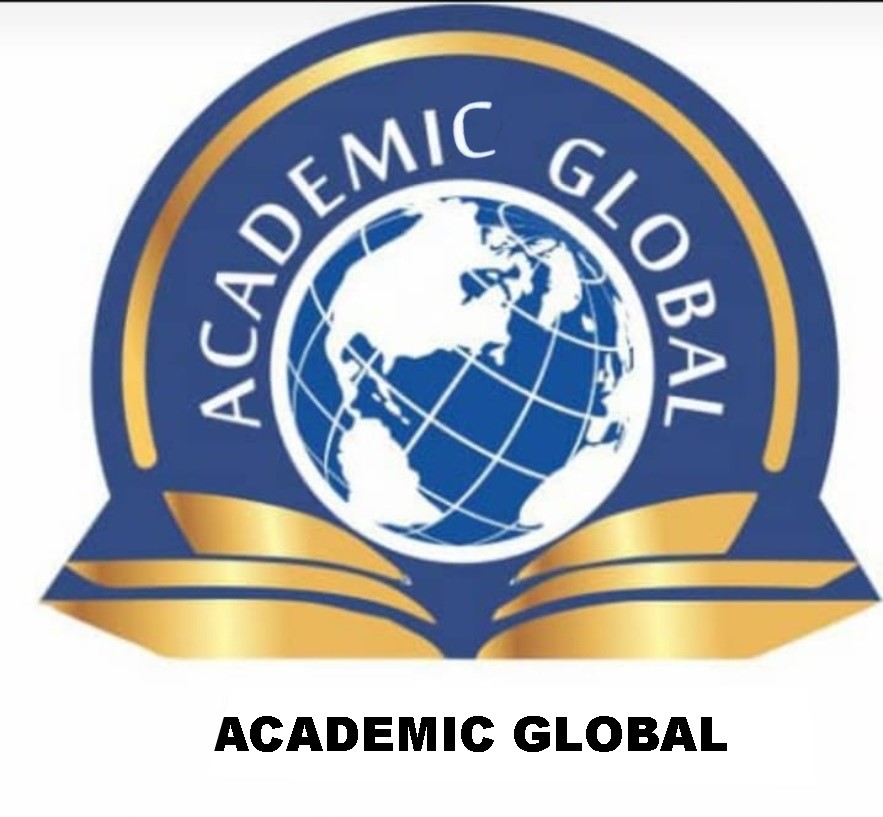Geochemical discrimination of Pegmatites around Tafawa Balewa
DOI:
https://doi.org/10.56892/bima.v8i4B.1196Keywords:
Pegmatite, Lithium, Rare metal, Vein, FractionationAbstract
The geochemistry and mineralogy of the pegmatites around Tafawa Balewa were studied to evaluate their potential as a source of lithium and rare metals. These minerals have continued to play crucial roles in driving green technology, increasing their demand.
The pegmatites, which occurred in two (2) distinct locations, Gikil and Magalam, are generally silicious with moderate aluminium content. SiO2 values range from 63.3 to 72.7, with an average of 68.7, while Al2O3 values range from 10.9 to 17.8, with an average of 14.6. The pegmatites show variations in their chemistry, notably in the composition of SiO2, Al2O3, and TiO2, a reflection of the variation in their mineralogy. Variation diagrams of Rb vs Ba Vs Sr, K/Rb vs Rb and K/Rb vs Cs of the whole rock samples indicate that the pegmatite of Gikil is highly fractionated, bear strong rare metal affinity and variably enriched in Cs, Ta and Be and belong to the LCT- Tourmaline subtype class of rare metal pegmatites. They are significantly mineralised in LiO2 (up to 2.4%), but low in Ta and Beryl. In contrast, those of Magalam are mainly primitive and barren of rare metals. Pegmatites from these two areas are granitic and show evidence of emanating from a similar melt source. The pegmatites of Gikil are post-orogenic, postdating the possibly syn-orogenic pegmatites of Magalam.





